by Bunnie Pasternak | Feb 26, 2023 | Uncategorized

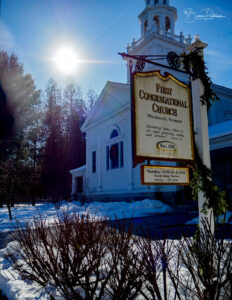
I recently was on a Photo Adventure through the Hunt’s Photo Education group with Don Toothaker for a “Winter in Vermont.” I found myself once again out and about with a group of eight intrepid Hunt’s Adventure attendees with the weather down to minus 18 degrees Fahrenheit or less and at times with a wind chill factor that lowered the temperature even more. But because we prepared ourselves like “Ralphie” from Jean Shepard’s movie the “Christmas Story,” the photography flowed and we shared a lot of fun together in the field, at dinner each night, and during our image reviews.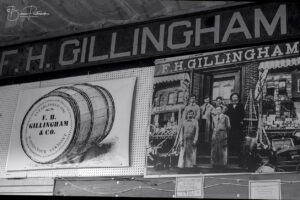
These images are part of my “assignment” given to me to make sure that Don and everyone else knew that I was in Woodstock and Vermont. As a result, I got a lot of walking around town for a couple of hours, as well as I enjoyed the views and the people of the area. Woodstock to me is a wonderful New England town with just about everything people need in the way of living all year round. This past week on Boston’s “Chronicle” show (WCVB Channel 5), the show stopped in for a piece on Woodstock, including a short discussion about its local paper — the “Vermont Standard” — and its owner, which has been published regularly since 1898. It’s one of Woodstock’s major ways of keeping up with the local news.
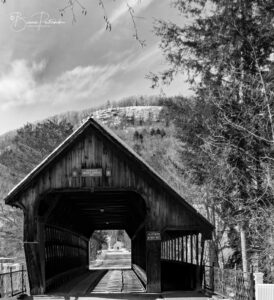

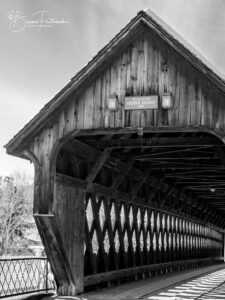
One of the major stopping places is a local, large General Store, owned and operated by members of the F.H. Gillingham & Sons family, which has been opened since 1886 and has just about all you need. There are also shops of all sorts, including a great bookstore and galleries, along with hidden restaurants for the locals and tourists. Woodstock has three covered bridges in its area alone including the Middle Bridge downtown, and there are many more throughout Vermont to explore. Pretty amazing.
Hope you enjoy a visit one day — it’s only about 2 ½ hrs from the Boston area and even shorter depending on where you live in New England. Have fun and get out to preserve your own memories, wherever you go!

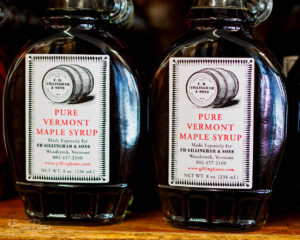


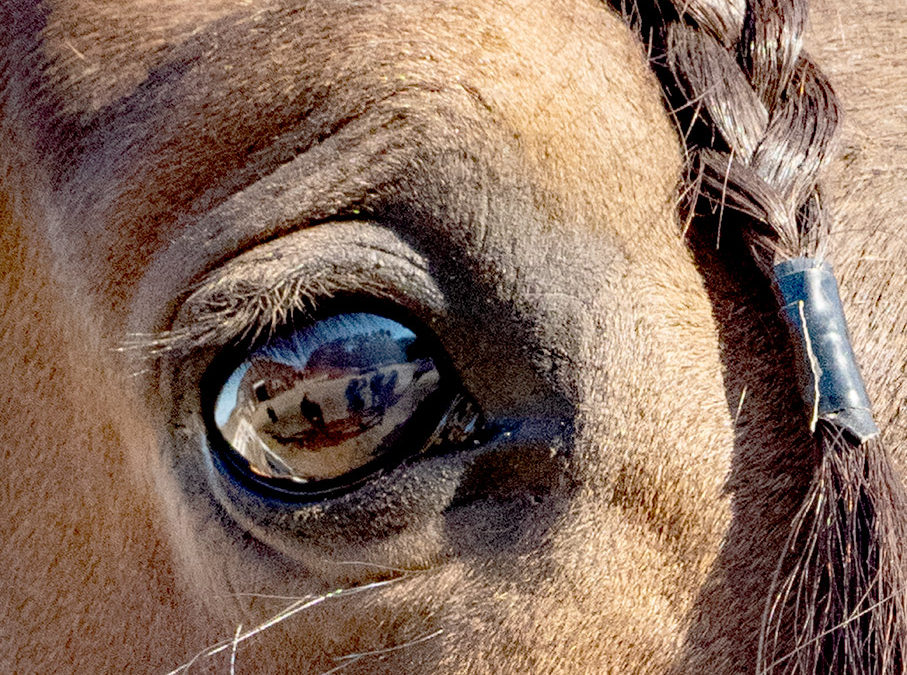
by Bunnie Pasternak | May 4, 2022 | Uncategorized

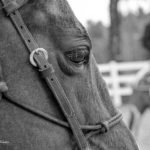
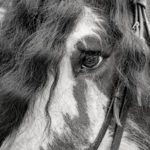
One of my earliest blogs on this site talked about connections through the eyes, whether human or animal, and how immediate and emotional a connection can be. Photography is a tremendous conveyor of emotion, attitude, wonderment, and even love, depending on how you see someone or something through your own eyes. It doesn’t matter what equipment you use — your most important phone, your point and shoot, or a mirrorless camera. The connection you make with your subject that draws you in to capture its essence is oftentimes best reflected in the popular quote/verse and its derivatives – “The Eyes are the Windows to Your Soul.”
Recently, I reconnected with those windows by capturing a variety of eyes at an Equestrian Center in Maine. The opportunity arose as a result of another Hunt’s Photo & Video educational photography walk with Don Toothaker and some fellow photographer friends. We spent the afternoon with quite a few special horses that included an Andalusian, three Gyspy horses, a Palomino, a Pinto as well as a Leucistic one, a Quarter horse, and one Thoroughbred/Stallion that just knew he was the most beautiful one in the paddock.
So from my eyes to yours — enjoy some of the memories I preserved at the event and please share them with your friends.

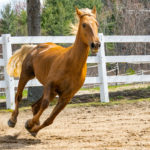
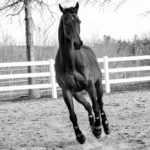
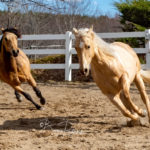
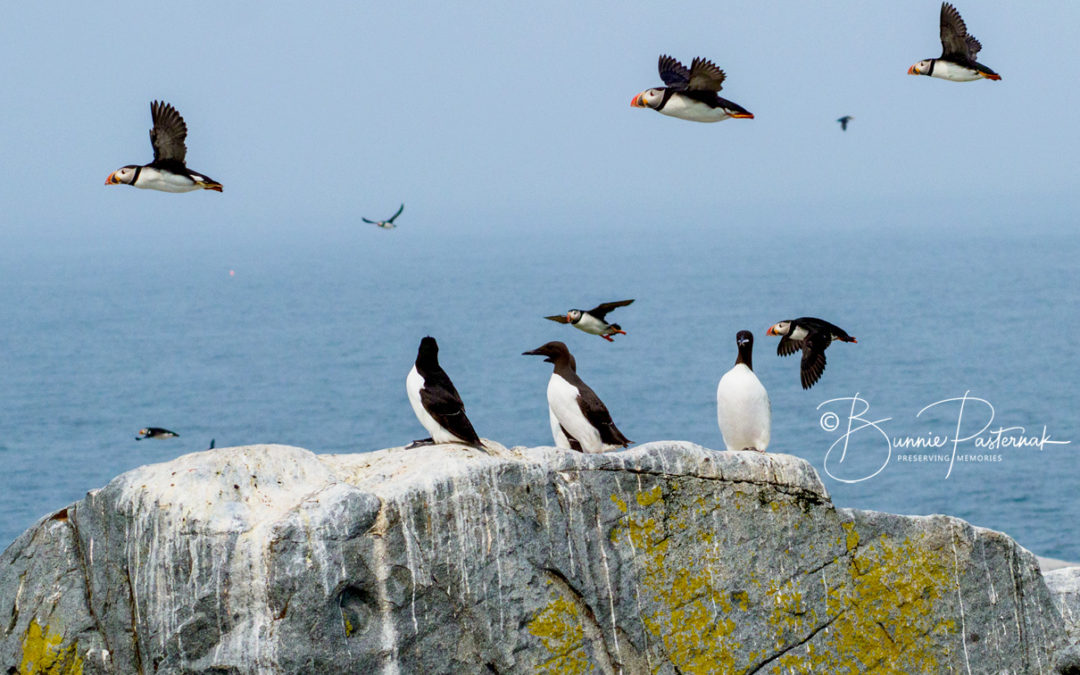
by Bunnie Pasternak | Aug 8, 2021 | Uncategorized
Every year, there are thousands of returning Atlantic Puffins from the sea that roost on a variety of islands off the Atlantic Coast of Maine and nearby Canada. This year was no different and a Hunt’s Photo and Video, week-long Photo Adventure with Don Toothaker and Mark Buckler to the “Bold Coast,” allowed my second, successful visit to watch them up close on Machias Seal Island. What an opportunity to listen to them talk to each other, to hear them pitter-patter across the top of the blind that I and others shared for what felt like only a nano second from the time entering the building. It also was fun watching them doing all kinds of acrobatics – both in the air and on their chosen landing locations amongst the cliffs and rocks of the island. But the best of all was watching the Puffins preening, they were hilarious and true contortionists at their best. Hope you enjoy the images and at some point in the future — I wish you well in being able to see the Puffins yourself and preserving memories of your own. [Be sure to remember to double click on images to enlarge them.]
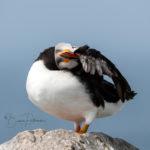
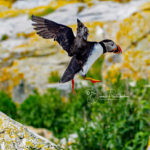
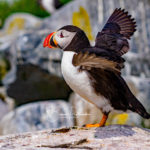
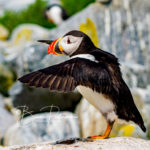
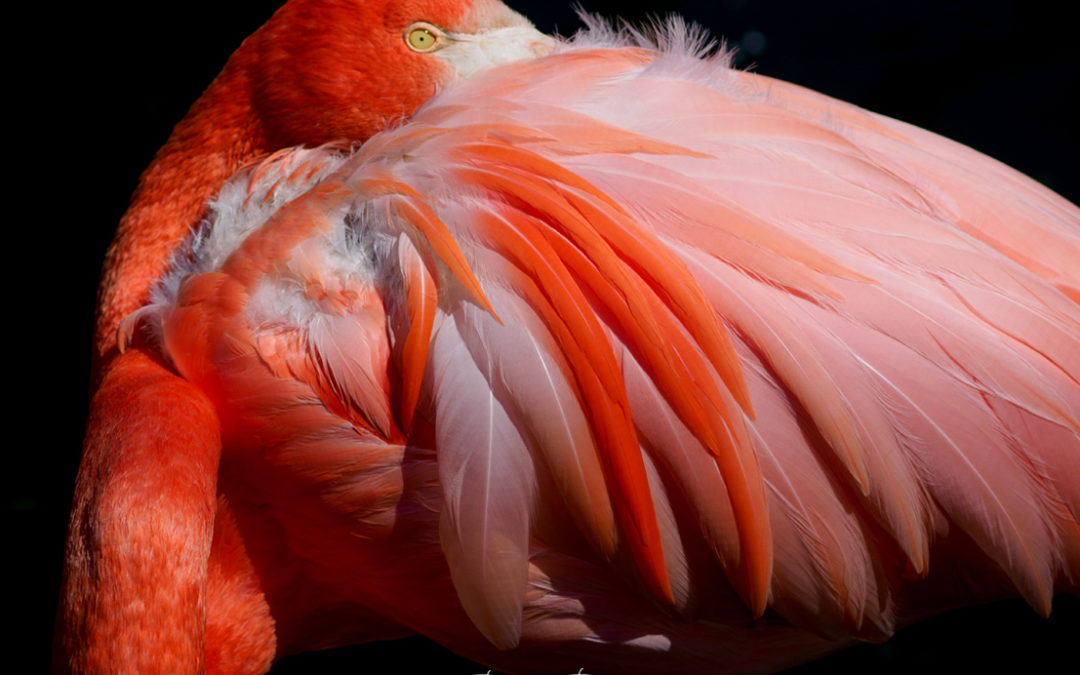
by Bunnie Pasternak | Jun 27, 2021 | Uncategorized

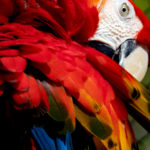
Sometimes you just fall into a perfect day to try some different ideas with a camera. Since I have not been doing “human” portraits much over the last several months, geez — I wonder why?? Oh yeah, social distancing…. I recently took the opportunity, however, to focus on “bird portraits” at the Stone Zoo in Stoneham, MA.
Interestingly, I’ve always loved the bright colors of Macaws and Flamingoes from my summer days vacationing in Florida and the Stone Zoo turns out to have both. Additionally, it has other birds you might not always see in your backyard, such as Peregrine Falcons. As a result, I spent some time focusing on what kind of portraits I could capture throughout the Zoo. Zoos often act as conservationists for those birds and animals who may be in an environmental risk of permanent species loss due to myriad issues of climate change, destruction of their habitats for over-use and building, and the collapse of migration routes where the birds especially will travel thousands of miles between their home bases and their breeding grounds each year.
A recent surprise was that my Flamingo image from the Zoo visit just recently got chosen to be one of 20 images to be displayed online, and printed and displayed at Hunt’s Photo & Video location in Melrose, MA for their Monthly Gallery for June-July 2021. Check out the entire array of bird images at: https://edu.huntsphoto.com/hunts-photo-education-gallery-june-july-2021-bring-on-the-birds/.
These images are from my eyes to yours and I hope that they encourage you to get out and share places like the Stone Zoo with your family and friends — at any age. It’s certainly worth the trip to visit and to keep sharing your own memories of enjoying what nature brings to you!

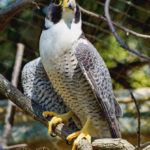
by Bunnie Pasternak | May 23, 2021 | Uncategorized
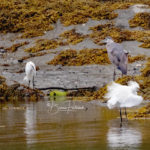
Mill Cove in Maine and many more along the coast are inviting locations for the congregation of all sorts of birds — large and small. I’ve seen Bald Eagles, Osprey, and Hawks, along with a variety of songbirds and ducks in or near the Cove for years.
Recently, I spent some time watching the interaction of a Blue Heron and five (5) Egrets vying for some food in a retreating tide. The scene reminded me some of the old “Saturday-Night Rumbles” on TV, when fighters would check each other out and then, would eventually start to physically engage in fisticuffs. Surprisingly, the Heron and the Egrets were no different, despite their size differences. Blue Herons can be up to 4.5′ tall with up to 5-6′ wingspans. Egrets come in a variety of sizes, but the ones I saw appear to have been Snowy Egrets, which can get to 2.5’ tall with 3′ wingspans.
Herons generally fish alone, and this Heron had been stoically standing on the shore watching the receding waters for food to eat. There were some Egrets in the area, while others started flying in to also hunt for food. The interactions between the Heron and Egrets were fascinating. One by one the Egrets, walked back and forth past the Heron, getting closer and closer to the Heron’s fishing spot while checking out the opportunities.
As time went on, the Heron became more and more agitated by the Egrets’ movement. At one point in a flash, the Heron decided enough was enough and took off after one of the smaller Egrets. Can you just imagine this huge, gangly bird swoop up at you in what seemed like a nano-second, readying to pounce? The little Egret took off in a hurry to escape. It was close, but he got away and the Heron settled in again. It worked for awhile, but of course truces are often temporary and the cycle began again. . . .
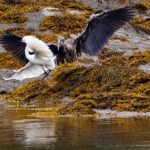
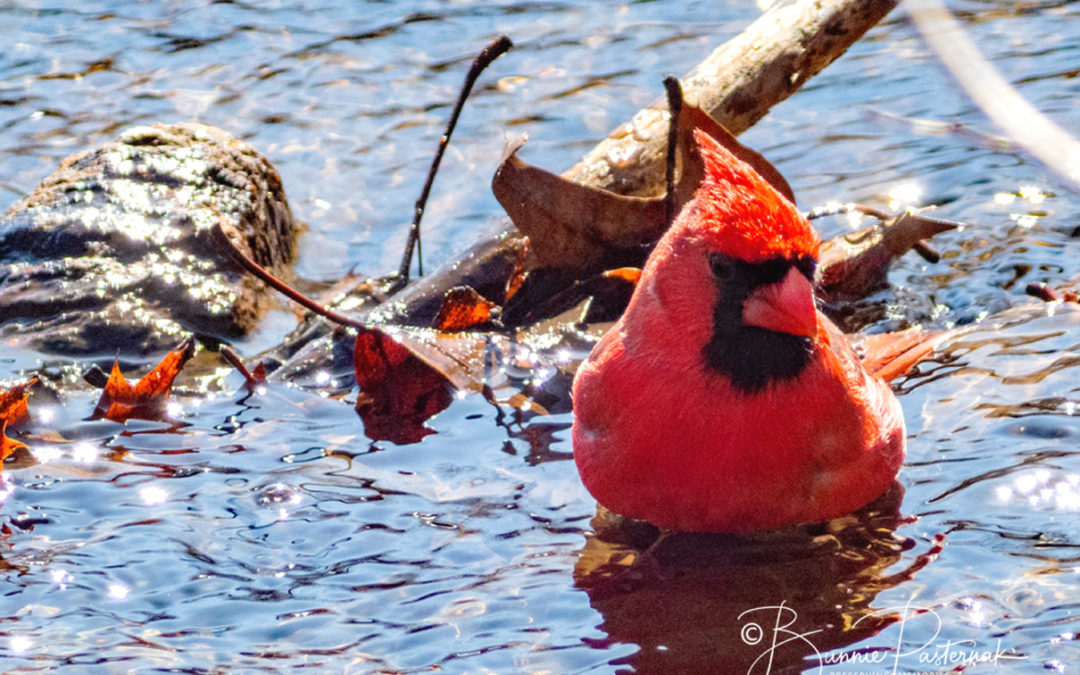
by Bunnie Pasternak | Mar 31, 2021 | Uncategorized
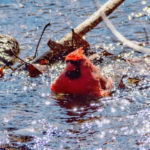
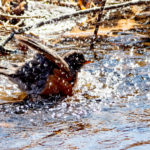
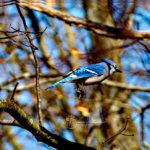
When New Englanders see temperatures starting to break the 30s and 40s with the sun out, they think it’s time to get out and enjoy the weather. So that is what I did recently at Horn Pond, in Woburn, MA. The last time I was at Horn Pond, I was on a photo walk with a Hunt’s Photo Education group in February. It was chilly with icy trails every where, but absolutely fabulous for the song birds, ducks and swans which were taking advantage of some open water running out of the Pond into a brook. More recently, Horn Pond is a different place altogether. It’s more Spring-like, people are everywhere getting out and enjoying the day early, walking the now muddy trails with their families and friends, and exchanging pleasantries with one another for probably the first time in months of being cooped up inside for not only the weather, but also the affects of the pandemic.
In my case, a new lens has brought new excitement to practice some new techniques and work toward getting birds in flight by using my camera’s capabilities I haven’t used that much in the past. So this visit, I practiced capturing birds in flight using Olympus’s “Pro-Capture” settings, along with my usual multiple exposure settings. The ones I am most happy with on this trip are the Bluejay in the tree, readying to take flight and in flight. In addition, I found a brook running into the Pond, where there were some Cardinals and Robins swimming in the water giving their feathers a well-needed, Spring bath.
By taking some time to slow down, dressing for the day’s temperatures, and getting out on some local trails, I was able to capture some unexpected images this trip. So I recommend taking the the time to get out to some new place, look up, look down, and see what you can find. There’s really a lot going on before your eyes to enjoy and there are certainly plenty of locations to visit and enjoy right near you.
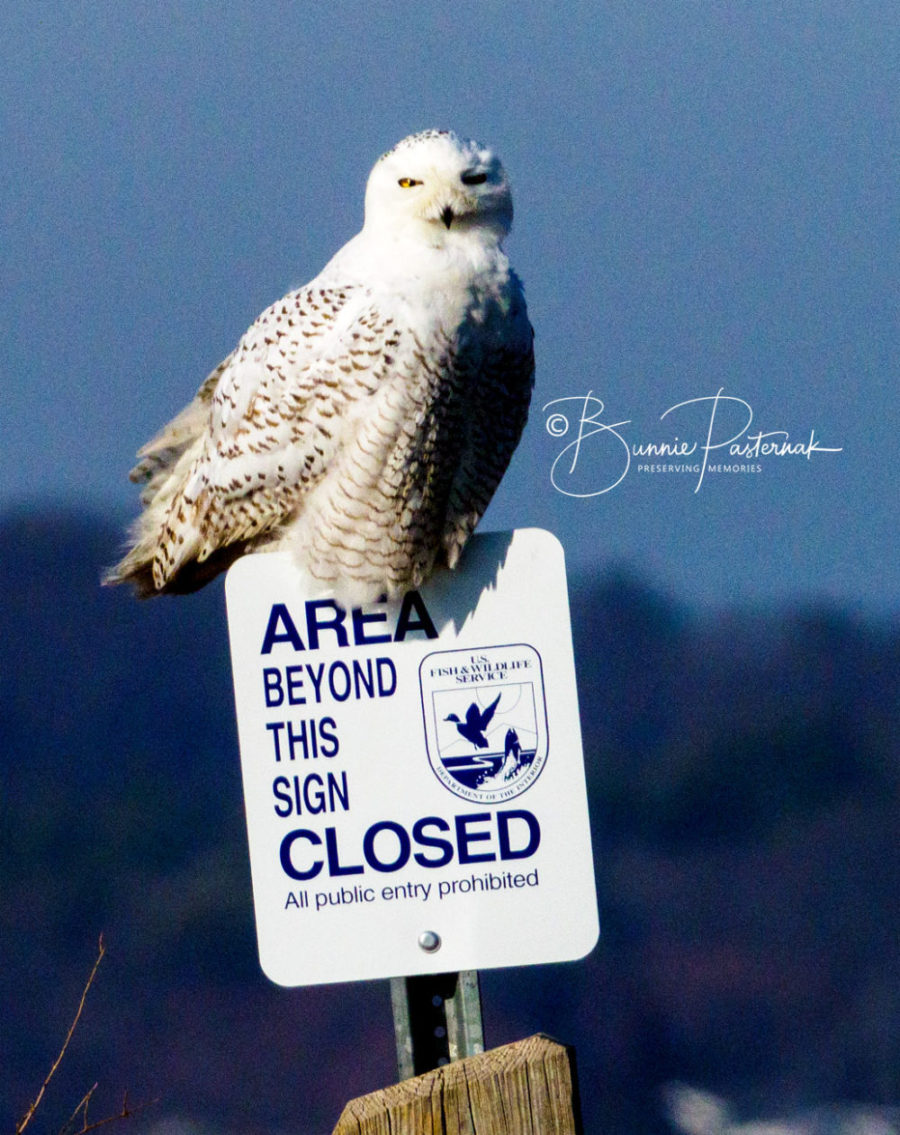
by Bunnie Pasternak | Feb 22, 2021 | Uncategorized
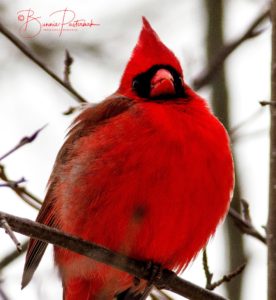
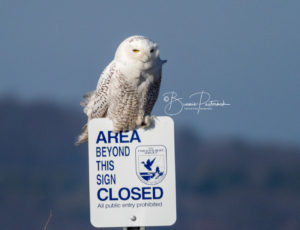

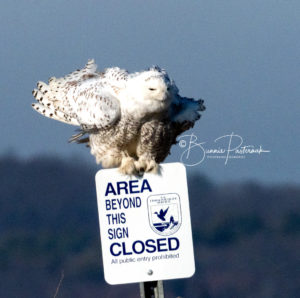
I recently came across a short article by Asher Elbein from Audubon’s Spring 2020 magazine (page 53, “Catch a Floof if You Can”) talking about lingo that has been popping up on the Internet for “cute bird photos.” After all, having cute bird photos should also be out there with all those “cute puppies,” “cute cats,” etc., etc. Interestingly, the new lingo making the rounds according to Elbein includes ” ‘birb’ for small, round, cute birds; ‘borb’ for those especially round; and ‘floof’ for a bird that is fluffed up.” Amazingly, you probably can find all forms right in your own backyard. Who knew there was such lingo to express what you were seeing all these years???
For instance, do you have a birdbath for the birds in your yard? I know it’s winter right now in New England, but birds still need fresh water, just like you and I do. The next time you see them trying to take a bath, splashing water everywhere — what do they look like after they’re done? A “birb,” a “borb”, or a “floof”? Some of them are definitely poofing or floofing up to dry out afterwards or even to stay warm. I saw a local Northern Cardinal all poofed up on a walk in Woburn a couple of weeks ago that caught me by surprise. Wow — my first recognized “borb” perhaps or was it really “floofing”? I’ll let you decide.
But, preening and poofing or even “floofing” happens for birds of all sizes. I recently was able to capture a Snowy Owl floofing, unknowingly, until I read the article. I just thought she was relaxing after preening and seemed pretty comfortable sitting on a sign post. While letting everyone know that where she was, no one should get any closer. And, if anyone moved, she gave them the evil, yellow eye that would stare the person down and they’d stopped moving. Afterward, her preening and “floofing” just went right on. What an opportunity to see this Arctic visitor right here in our own backyards. Let’s keep her and all her brethren safe, by giving all birds the needed space to protect them from harm and harassment of humans. And above all, given the opportunity, preserve those memories you create and share them. Enjoy!
by Bunnie Pasternak | Jan 25, 2021 | Uncategorized
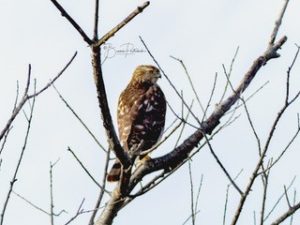
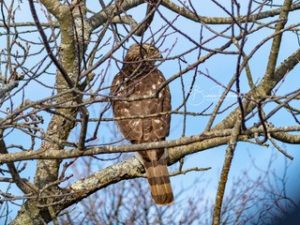
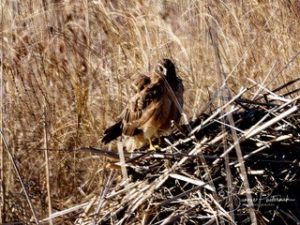
It’s always been one of those things for me that ruminates in my brain when I’m traveling 60+ mph on the highway, going to work or some other place, and spot a hawk landing on a light pole on the side of the road or even a tree on a backroad, where I can perhaps slow down and even stop for a moment to look at it.
Hawks are considered to be Raptors, just like Eagles and Owls. They fly with the intent to find something to eat from the highest and lowest perch they can find and yet, we barely notice them unless we stop and pull over for a minute or two before they move on. Sometimes they just sit in a tree with their chests out big looking around their territories letting you click away or they blend into their environment and may never be seen until they move again. This past week, I had the pleasure of finding both a Northern Harrier (I believe to be a female and/or immature) and an immature Cooper’s Hawk. I was spending time with a couple of photographer friends at the Parker River National Park and Refuge, taking the time to slow down and observe the hawks in action.
Hawks will often hide in plain sight and if you don’t slow down, you’ll miss them entirely. Plus, they’ll often be gone in a flash when you do stop to capture an image. But that’s ok — keep trying. There will be that day when you can get an image you can share with others. But most important, it is an image from your eyes alone that deserves the space on “your wall” as a memory or even a desktop picture like these.

by Bunnie Pasternak | Oct 30, 2020 | Uncategorized
While preparing to go to Africa, I was reading a lot about how to capture the best images of Africa’s people and its wildlife. What I found was that photographers, especially wildlife ones, generally seem to come down to focusing on the eyes. In practice, I am no different from them as it turns out — no matter whether I am photographing my family, my friends, my clients, or even actors and models on a photo shoot. It really does come down to the e-y-e-s, because you make an immediate, emotional connection with your subject – human or otherwise.
In fact in Africa, I ultimately found myself obsessed with capturing the eyes of Africa’s wildlife and the obsession was driven in part when I came across a Zebra poster in Monochrome in Botswana. The poster haunted me through my tours of Botswana, Kenya, and Tanzania, as I wanted to replicate the connection I felt in the Okavango Delta with the Zebra’s eyes. I eventually got several Zebras’ eyes, but my favorite is from the Ngorongoro Crater in Tanzania, at almost the end of my tour. Looking into the eyes of my Zebra made my search finally complete, and is a wonderful, preserved memory of the time I spent in Africa. As such, here it s from my eyes to yours.
by Bunnie Pasternak | Aug 15, 2020 | Uncategorized
The Myopia Polo Club, in South Hamilton, MA, is one of the oldest active polo clubs in America and has been in existence since around the 1890s. If you’ve never seen a polo competition up close and in person, you’ve missed a tremendous opportunity to see team members and their “polo ponies” battle it out against the opposing team using long-handled wooden mallets while trying to hit a small, very hard ball into the other’s goal while riding at speeds upwards of 30+ mph.
Besides being exciting to watch, polo is also a fabulous way to learn how to be prepared for the unexpected. Learning about how the game is played, what to watch out for in order to stay safe, how to set your camera up for success, and then, following through in capturing the riders, the horses, and the balls, all in focus, at full speed can begin to feel like second nature. That entire process turned out to be a major boost in my preparation for Africa, because I took the skills I learned at the matches and translated them into other uses, such as capturing sports and thousands of Wildebeest crossing the Mara River in Kenya. Practice, preparation, and then, more practice and preparation.













































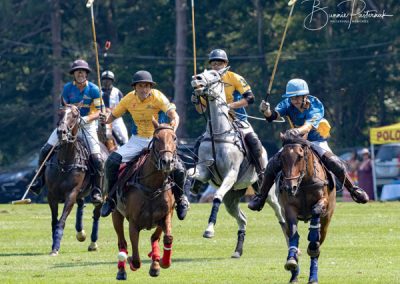
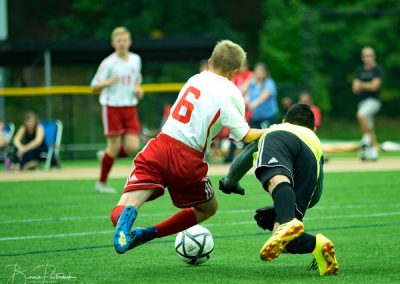

Recent Comments